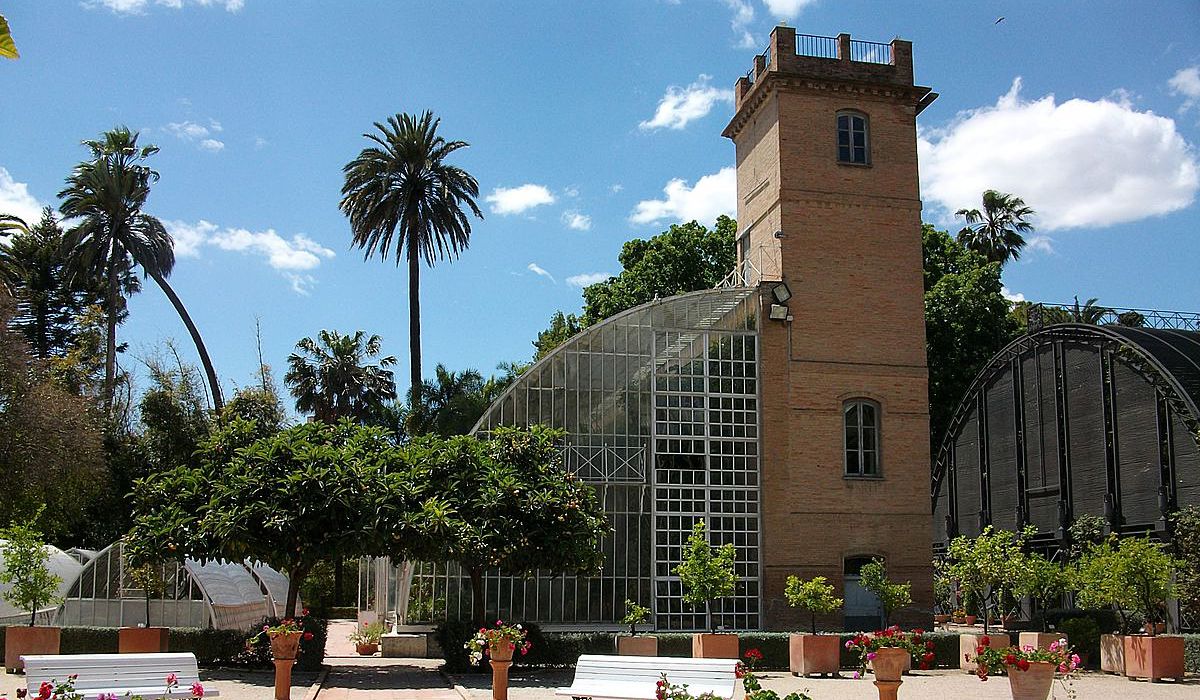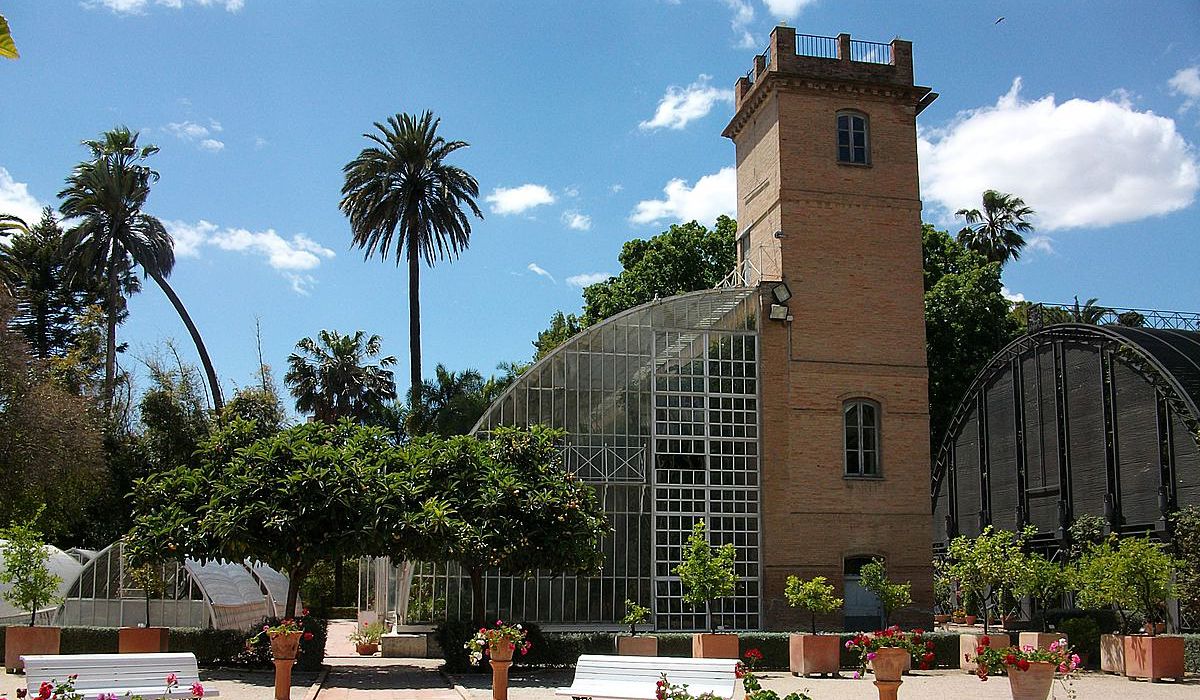There is a lot of greenery in Valencia — where the Turia River used to flow, gardens now grow. But the oldest green area is the Botanical Garden of Valencia: the first seedlings appeared on its territory in 1567. At first, only medicinal herbs were grown here, but gradually the collection of plants expanded. Today Jardín Botánico has 4500 plant species from different parts of the globe. It is a great place to relax with a child in Valencia, especially when you want to take a break from excursions and walk in the fresh air.
The total area of the Garden is about 1.5 hectares, and almost half of the territory is occupied by the Botanical School. There are no desks, no lessons, only plants. They are arranged so that the evolution of the earth's flora can be traced, from primitive algae and mosses to complex flowering plants.
A palm forest frames the botanical school. It grows 120 species of palm trees, dwarf and giant, with unique flowers and fruits — an unusually cosy corner of the Valencian flora. There are many flowering plants here, from yellow irises to sea daffodils, fragrant herbs — rosemary, thyme, lavender, and next to well-known trees, an exotic strawberry tree grows for us (by the way, it is depicted on the coat of arms of Madrid).
It is not necessary to systematically inspect the entire botanical garden. You can turn to the rock garden and admire the mean colours of flowers that have chosen rocks or arid lands as their residence. When the sun is hot, everyone is attracted by the Shady Garden — those representatives of the flora that grow in it, which are used to hide from bright rays. And on a fabulous autumn day, the most attractive place is a greenhouse with tropical plants, where pampered orchids escape the cold. Sit by the pond with water lilies and lotuses, admire the trees typical of other continents, breathe in the scent of a coniferous forest or marvel at the variety of flowers.
And what is collected in that part of the garden, called "Useful Plants"? Is the child already grimacing, remembering the cough mixture? Then quickly show him that oranges, tangerines, peaches, pistachios and almonds grow here — how nice it is that delicious foods can also be helpful! In addition, there, you can see cereals and legumes, vegetables, sugar cane, cotton and flax, and medicinal plants.
To learn more about the collection of the Valencian Botanical Garden, you can use the audio guide. It is available in Spanish and English. But why not just sit with your child on one of the benches and listen to the rustle of leaves and birdsong?











